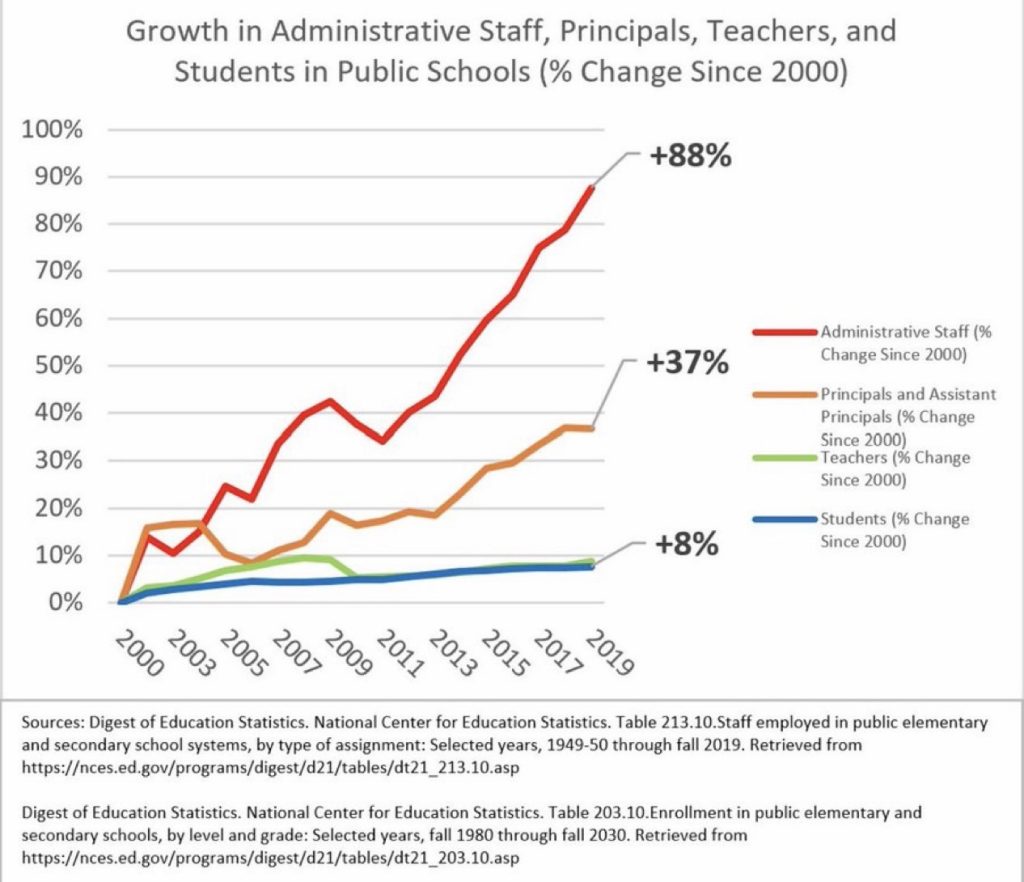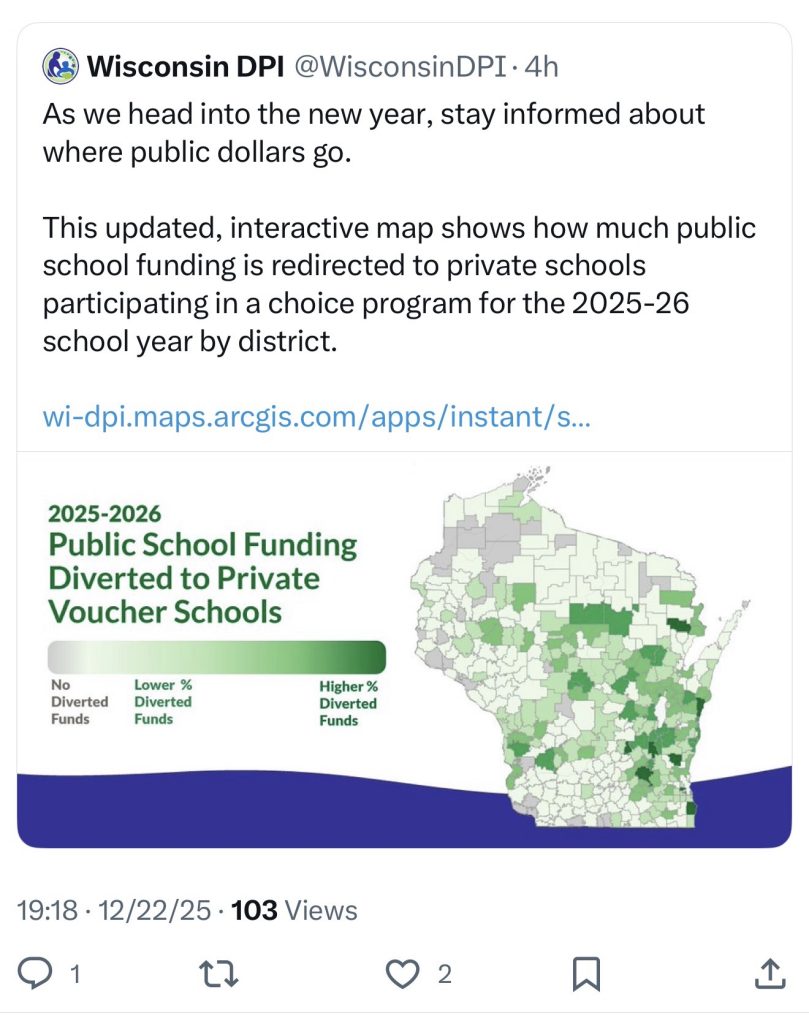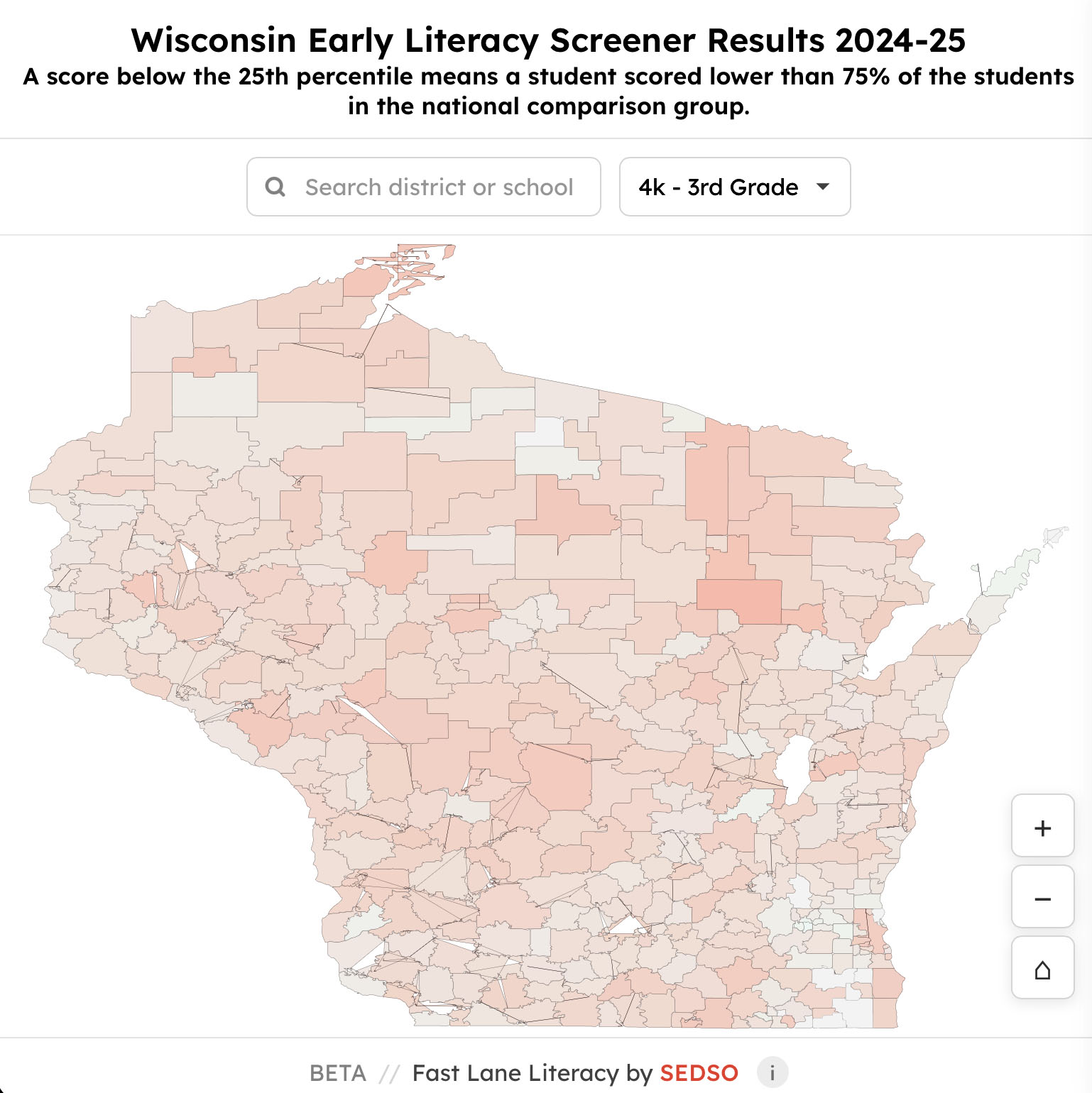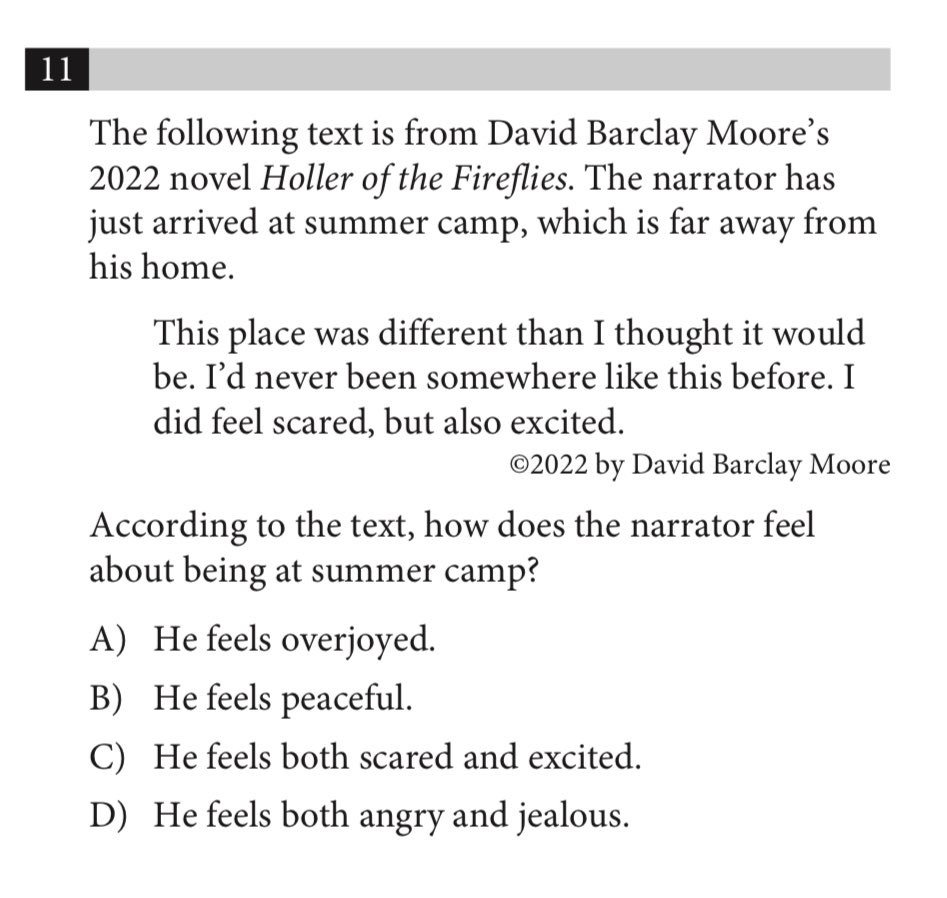Two weeks ago I gave my last lecture at Harvard, where I have been a history professor for forty years. My four decades of experience at one of the world’s leading universities have given me a unique vantage point to trace the replacement of Western history by global history. This change is part of the reason why the younger generation finds itself in a state of moral and intellectual disorientation.
My decision to retire was not a sudden one. I am coming to the end of a four-year retirement contract that I signed in the fall of 2021. That year I decided I no longer wanted to teach at Harvard. We had just endured almost two years under the university’s strict Covid regime. This was a form of emergency governance that mirrored to a fault the whole country’s uncritical acceptance of The Science and its proclivity, when backed by public power, for tyrannous invasions of private life. At Harvard, professors were told we had to lecture in masks and give seminars on zoom. Neither practice accorded with my idea of liberal education.
“The best student at Harvard … was rejected from all the graduate programs to which he applied.”
The year earlier the university had collectively taken a knee during the Summer of Floyd. This turned out not to be empty virtue-signalling, as I expected, but had serious consequences for the way we conducted our affairs. In reviewing graduate student applicants in the fall of 2020 I came across an outstanding prospect who was a perfect fit for our program. In past years this candidate would have risen immediately to the top of the applicant pool. In 2021, however, I was told informally by a member of the admissions committee that “that” (meaning admitting a white male) was “not happening this year.” In the same year a certifiably brilliant undergraduate I had tutored, who was literally the best student at Harvard—he won the prize for the graduating senior with the best overall academic record—was rejected from all the graduate programs to which he applied. He too was a white male. I called around to friends at several universities to find out why on earth he had been rejected. Everywhere it was the same story: Graduate admissions committees around the country had been following the same unspoken protocol as ours. The one exception I found to the general exclusion of white males had begun life as a female.
Harvard, I believe, is now on a better course under its current president, Alan Garber. The reaction to the Claudine Gay fiasco, which highlighted the university’s shocking indifference to the anti-Semitic demonstrations following the October 7 atrocities, compelled the Harvard Corporation, which chooses the president, to seek out a safe pair of hands. President Garber, our provost for over a decade, provided them. Even so, I believe I can make far better use of my time and experience at my new institutional home—the Hamilton School of Classical and Civic Education at the University of Florida—than at Harvard. The reason why is that the Hamilton School is committed to teaching the history of Western civilization. When late liberal pedagogy replaced Western civilization courses with global history, serious harm was done to the socialization of young Americans. When you don’t teach the young what civilization is, it turns out, people become uncivilized.



